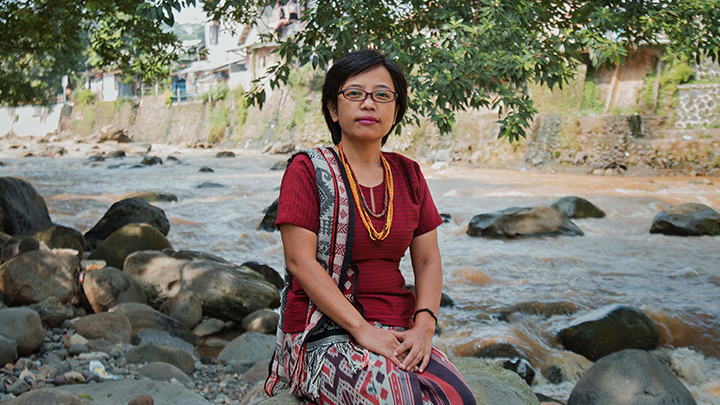Rukka Sombolinggi, Secretary-General, Indonesian Archipelago Indigenous People Alliance: Indigenous People’s Rights Exist Only in Constitution
Tuesday, June 16, 2020
arsip tempo : 171406045421.

According to Indonesian Archipelago Indigenous People Alliance (AMAN) data, hundreds of community members have been criminalized in various parts of the country with the majority of them being implicated in land issues. Even though for generations they have lived on their lands, some of the them are now either under the control of corporations or converted into national parks. “Like a rat that dies in a rice barn,” said AMAN’ Se
...
Subscribe to continue reading.
We craft news with stories.
 For the benefits of subscribing to Digital Tempo, See More
For the benefits of subscribing to Digital Tempo, See More








